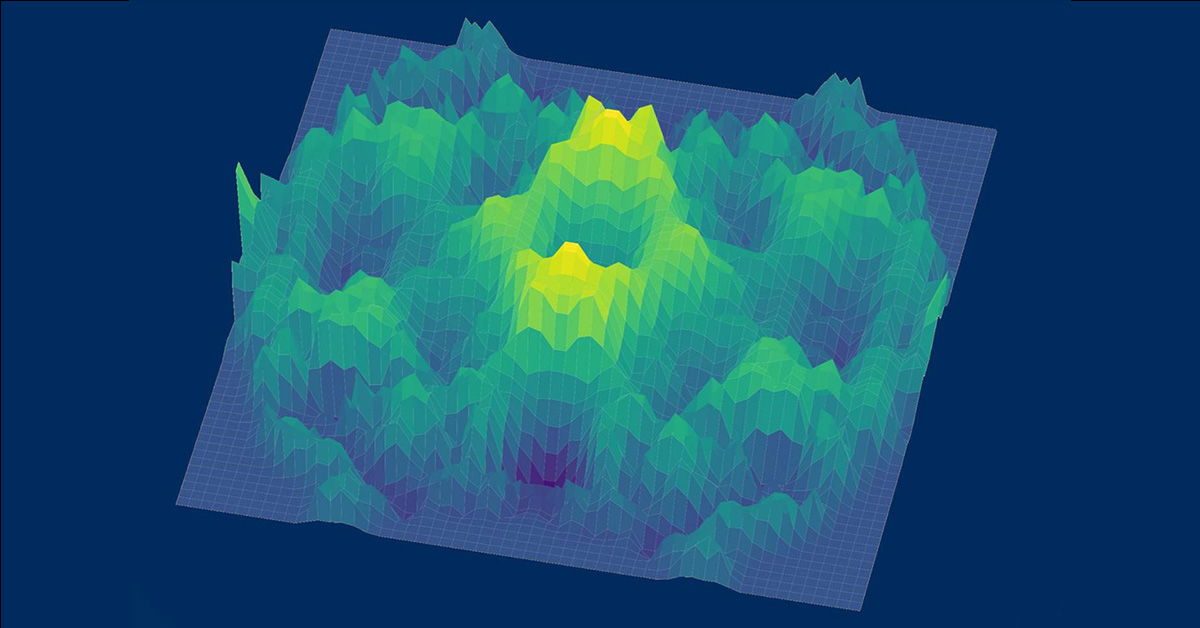Physicists have successfully generated a previously unseen form of matter, known as a quantum spin liquid, by skillfully manipulating atoms in the laboratory. Unlike solids, which consist of atoms arranged in an orderly structure, and liquids, where atoms can move freely, this peculiar state of matter involves atoms that remain unfrozen like those in a liquid but exhibit a constantly shifting magnetic disorder. The groundbreaking achievement was recently published in the journal Science.
When the theorists at Harvard University discovered a method to actually generate quantum spin liquids, it sparked great interest among scientists who had long discussed theories about this peculiar state of matter. Giulia Semeghini, a physicist and postdoc at Harvard University, coordinated the research project and co-authored the paper.
Under extraordinary conditions rarely encountered on Earth, the principles of quantum mechanics can lead to the formation of various exotic states. Examples include degenerate matter found in deceased stars like white dwarfs or neutron stars, where intense pressures transform atoms into mixtures of subatomic particles, and the Bose-Einstein condensate, where multiple atoms merge at extremely low temperatures to behave as a single entity.
The quantum spin liquid has now emerged as the newest addition to this collection of enigmatic states. Unlike typical solids, its atoms do not freeze into an ordered arrangement, instead remaining in constant flux.
The term “spin” in its name refers to an inherent property of each particle, which can be either up or down and generates magnetic fields. In a conventional magnet, all spins align in a specific order either up or down. However, in a quantum spin liquid, there exists a third spin component that prevents the formation of coherent magnetic fields.
This, combined with the intricate rules of quantum mechanics, leads to spins existing in multiple positions simultaneously. Observing only a few particles makes it challenging to determine whether a quantum liquid is present and, if so, what properties it possesses.
Since physicist Philip W. Anderson first proposed the existence of quantum spin liquids in 1973, scientists have been striving to experimentally realize this peculiar form of matter. However, the task has proven to be highly challenging, as noted by Mikhail Lukin, a physicist at Harvard University and one of the authors of the research paper.
The team at Harvard had a valuable tool at their disposal: a “programmable quantum simulator“. This device enables them to manipulate individual atoms with precision. By employing tightly focused laser beams, the researchers can rearrange atoms on a two-dimensional grid, analogous to rearranging magnets on a whiteboard.
“We have the ability to individually control the position of each atom,” explains Semeghini. “We can precisely arrange them in any desired shape or configuration.”
To confirm the creation of a quantum spin liquid, the researchers leveraged the phenomenon of quantum entanglement. By energizing the atoms, they induced interactions where changes in one atom would be reflected in another. Through analyzing these connections, the scientists obtained the necessary confirmation.
While it may seem like the pursuit of abstract matter for the sake of abstraction, this aspect contributes to its allure. “We can interact with it, manipulate it, and shape it according to our intentions,” remarks Lukin. “That’s what makes it truly exciting.”
However, scientists also recognize the practical potential of quantum spin liquids, particularly in the realm of quantum computers. Quantum computers have the capacity to surpass traditional computers significantly, enabling enhanced simulations of complex systems such as molecules and faster execution of specific calculations.
However, the building blocks of quantum computers, known as qubits, often consist of individual particles or atomic nuclei that are highly susceptible to noise and temperature fluctuations. Quantum spin liquids, with their information stored in the arrangement of atoms, could serve as less sensitive qubits.
Semeghini highlights that demonstrating the use of a quantum spin liquid as a qubit could pave the way for an entirely new class of quantum computers.









